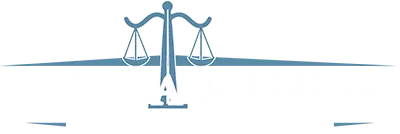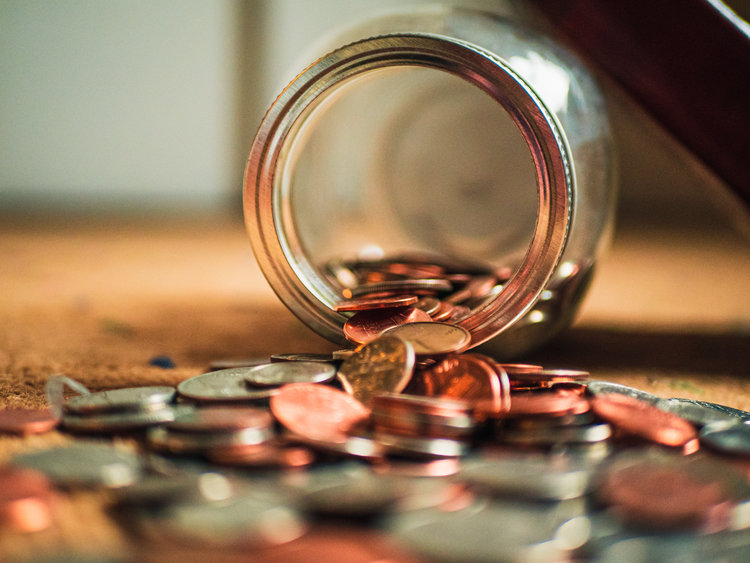With the Coronavirus causing a pandemic, we are seeing many collateral effects outside of the healthcare industry, including an enormous impact on small businesses. As people are unable to leave their homes and companies are ordered to close, business are floundering. But as any business owner knows, just because you are losing profits does not mean that you can stop paying your employees, your creditors, and your vendors. But where do you get the money to do these things?
Fortunately there are a number of options through the Small Business Administration that people can take advantage of right now to help sustain their businesses.
Paycheck Protection Program
One of the newer types of assistance that SBA is offering during this crisis was included in the CARES Act recently passed by Congress – the Paycheck Protection Program. Effectively, this program enables small businesses to continue paying for their payroll and avoid laying off employees. It also offers some nice incentives to keep your staff intact, such as loan forgiveness (for funds used to cover the first 8 weeks of payroll), and deferral of your loan for six months.
How do I know if I’m eligible for this program?
Generally speaking, small businesses with fewer than 500 employees are eligible to apply for this program, so this will cover many of your average restaurants, bars, construction companies, etc. In addition to private companies, this also includes sole-proprietorships, independent contractors, Veterans Organizations, Tribal businesses, and many non-profits. Additionally, you must be able to demonstrate and certify that your business has been personally affected by COVID-19. Finally, these funds must be used for payroll expenses, rent, mortgage interest, and/or utilities.
In terms of the quantity of funds you may be able to borrow, this will depend on your previous payroll costs. You will need to demonstrate what your payroll costs are, and certain wages may be excluded (i.e. a wage over $100,000).
What about the loan forgiveness you spoke about?
The Paycheck Protection Program also generously offers loan forgiveness to people who qualify. In order to qualify for forgiveness of your loan, the funds MUST be used for payroll costs, interest on mortgages, rent, and utilities. Furthermore, you MUST maintain or quickly rehire your employees, and you MUST maintain salary levels. If your staff declines, or if salaries and wages decrease, only a portion of your loan may be forgiven. See https://www.sba.gov/funding-programs/loans/paycheck-protection-program-ppp for more information.
With all of this being said, this may or may not be the loan that your business needs right now. For some businesses who are primarily having difficulty paying creditors and/or vendors, you may want to pursue a disaster loan (which we’ll talk about in detail shortly) instead.
I like the Paycheck Protection Program Loan – how do I apply?
You must apply through an SBA approved lender. As of yesterday, I spoke with several major banks who were still not set up to take applications yet, but told me that they should be ready to do so by the end of the week. If you’re looking to apply for this type of loan keep checking in with your lender. (I expect them to start accepting applications tomorrow, April 3) Once they are set up to take applications though, lenders will be taking them online. I’ve been told by several banks that you will have to login to your online account and submit the application through there.
In terms of information that you will need to provide, the SBA has provided a sample application detailing some of the information that they expect will be necessary. See https://www.sba.gov/sites/default/files/2020-03/Borrower%20Paycheck%20Protection%20Program%20Application_0.pdf.
SBA Economic Injury Disaster Loan Program
With all of that being said, the Paycheck Protection Program loans are not necessarily going to be the solution for every small business. If it doesn’t fit your business, then maybe the SBA’s Economic Injury Disaster Loan (EIDL) does.
What’s the difference?
The difference between the PPP Loan and the EIDL is that the EIDL Program provides businesses with working capital that you can use for costs outside of payroll costs. Because this is a bit more expansive, this type of loan can help you pay for bills that you might otherwise not be able to pay due to the effects that the Coronavirus has had on your business, including fixed debts, payroll, accounts payable, and others.
The interest rate on this type of loan is 3.75% for small businesses and 2.75% for non-profits. https://www.sba.gov/disaster-assistance/coronavirus-covid-19. However, there is a provision for forgiveness of up to a $10,000 advance on the loan.
What do you mean a $10,000 advance?
In addition to creating the PPP, the CARES act also expanded upon the SBA’s EIDL Program. While the SBA EIDL Program existed before the COVID-19 outbreak, it was previously used to target specific disaster areas (think New York during Superstorm Sandy). Now however, this disaster is affecting the entire nation and so, this program is open to all fifty states.
Additionally, one of the other benefits included in the expansion of the EIDL is a $10,000 advance to businesses that apply for the loan. The $10,000 advance will be made available within three days of a successful loan application, and the advance does NOT have to be repaid. See https://www.sba.gov/page/coronavirus-covid-19-small-business-guidance-loan-resources#section-header-2.
Can I apply for both the EIDL and the PPP?
As of right now it seems that you can apply for both types of assistance, but please understand that this does not mean you can double dip. If you are using your EIDL money to pay for your payroll costs and your PPP money for something else, then you may not be eligible for the forgiveness provided in the PPP program. With that being said, it may be possible to refinance the payroll portion of your EIDL through the PPP to take advantage of the forgiveness provided in that program. If anyone has specific questions or concerns about the programs, please feel free to contact me and I’ll be happy to speak further about them.
What if I need more than $10,000 and I can’t wait for the EIDL?
The SBA also offers another quick alternative to the PPP and the EIDL by way of SBA Express Bridge Loans. To qualify for an express bridge loan, you must have a business relationship with an SBA Express Lender. If you do, you may be able to have access to a $25,000 loan with much less paperwork than is required for the EIDL, and the SBA promises a “fast turnaround” for these applications.
I’m really not interested in taking a loan, what other forms of relief are there?
For those of you who are not interested in taking out a loan of any kind, SBA is still offering some types of relief for businesses who have taken out previous loans through SBA. For instance, SBA has the SBA debt relief program, where they will pay the principal and interest on a new SBA 7(a) loan issued prior to September 27, 2020, and/or they will pay the principal of current 7(a) loans for a period of six months. See https://www.sba.gov/page/coronavirus-covid-19-small-business-guidance-loan-resources#section-header-2.
Outside of SBA’s forms of relief, there are also some tax benefits that may be available to individuals who are experiencing losses due to the Coronavirus, but my recommendation for you would be to speak with your accountant for more information on the tax laws and changes made to them via the CARES Act.
An Experienced Attorney is Here For You
In these troubling times, it can be helpful to have an experienced attorney on your side. If I can be of any further assistance, please feel to contact my office at any time. I wish everyone the best during these difficult times. Stay safe!
 N/a
N/a
 N/a
N/a




